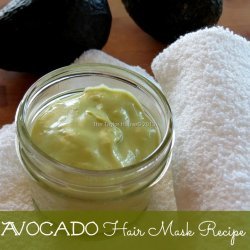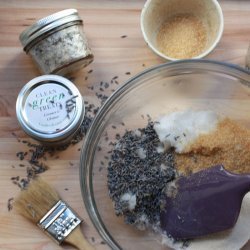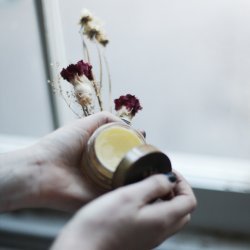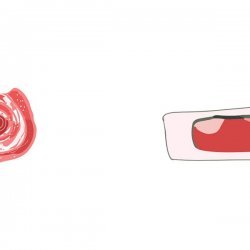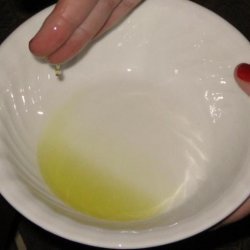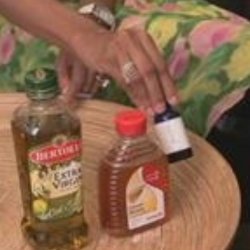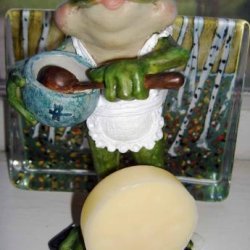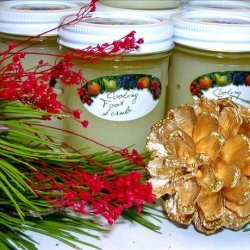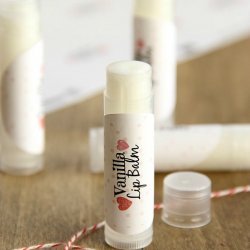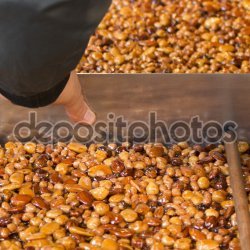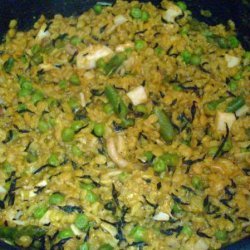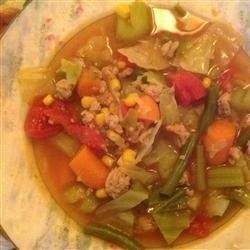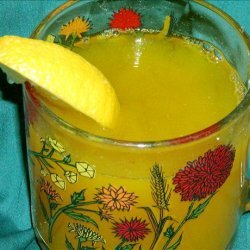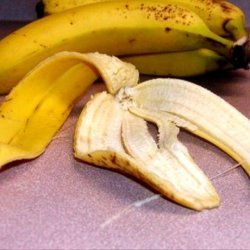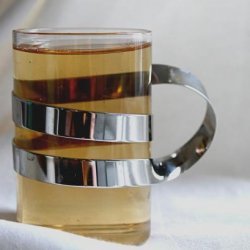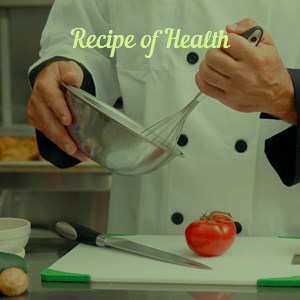Ingredients:
- two parts calendula petals
- 1 part comfrey leaves
- 1 part foliage and flowers of white yarrow
- 1 to 2 oz of beeswax
Directions:
- Chop herbs finely; they should total about 1 to 2 ounces.
- Heat olive oil and almond oil just past lukewarm stage; remove from heat.
- Add the herbs and infuse overnight.
- The next day, strain out the herbs and heat the infusion again just past lukewarm.
- Add beeswax (be careful - the wax is flammable), a little at a time until the mixture tests for the right consistency.
- It should be soft and easy to spread. Store the salve into a covered container.
- *****************************
- Calendula is a plant. The flower is used to make medicine.
- Calendula flower is used to prevent muscle spasms, menstrual cramps, cancer, and stomach and duodenal ulcers.
- Calendula is applied to the skin to reduce pain and swelling (inflammation) and to treat poorly healing wounds and leg ulcers. It is also applied to the skin (used topically) for nosebleeds, varicose veins, hemorrhoids, inflammation of the rectum (proctitis), and inflammation of the lining of the eyelid (conjunctivitis).
- *********************************
- According to herbalists, poultices of comfrey can be used to heal wounds and to mend broken bones. They also claim that it is useful in the treatment of arthritis, varicose ulcers, severe burns, acne and other skin conditions. Comfrey plant contains steroidal saponins, tannins, vitamin B12, inulin, proteins, alkaloids and mucilage. It also contain allantoin, which can speed up the natural replacement of body cells. May be, it is the presence of this compound, that gives the healing property to the plant.
- ******************************************
- Yarrow has seen historical use as a medicine, often because of its astringent effects. Decoctions have been used to treat inflammations, such as hemorrhoids, and headaches. Infusions of yarrow taken externally, are said to speed recovery from severe bruising. The most medicinally active part of the plant is the flowering tops. They also have a mild stimulant effect, and have been used as a snuff. Today, yarrow is valued mainly for its action in colds and influenza, and also for its effect on the circulatory, digestive, excretory, and urinary systems, a tonic for the blood, stimulate the circulation, and can be used for high blood pressure
Nutrition Facts
| Amount Per 1 Serving | |||
| Calories | 1952.8 Kcal (8176 kJ) | ||
| Calories from fat | 1988.15 Kcal | ||
| % Daily Value* | |||
| Total Fat | 220.91g | 340% | |
|---|---|---|---|
| Amount Per 100 g | |||
| Calories | 884 Kcal (3701 kJ) | ||
| Calories from fat | 900 Kcal | ||
| % Daily Value* | |||
| Total Fat | 100g | 340% | |
|---|---|---|---|
* Percent Daily Values are based on a 2000 calorie diet. Your daily values may be higher or lower depending on your calorie needs.
Find out how many calories should you eat.
Get Your Recipe of Health!
Follow RecipeOfHealth on Facebook!


